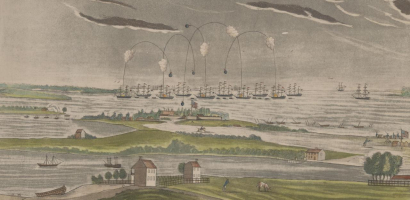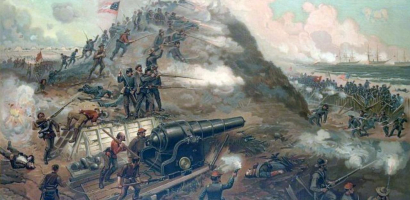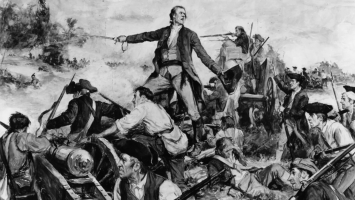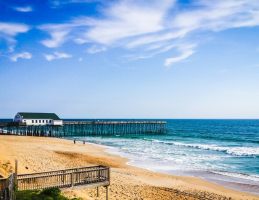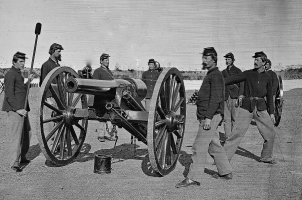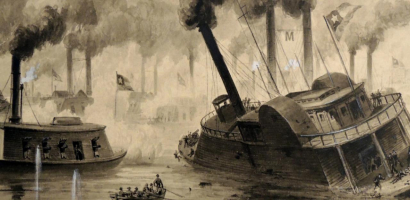Top 9 Facts About North Carolina Regulator War
The Regulator Movement, also referred to as the Regulator Insurrection, was an uprising in Provincial North Carolina that lasted from 1766 to 1771 during which ... read more...people used force against corrupt colonial officials. Here are the top facts about North Carolina Regulator war.
-
The local government's elected officials who took advantage of the colonists financially were the objects of their rage. The corrupt officials were known as the "courthouse ring" by the colonists because they would make use of the legal system to exploit and abuse the populace. The fact that the officials were appointed by higher authorities rather than chosen by the general population contributed to the problem in some ways. Farmers and other colonists who couldn't pay their bills or taxes were taken before the court, where judges, attorneys, and even sheriffs would overtax them or seize their assets while the case was ongoing, passing off their illegal actions as legal. The fact that the very people who were appointed to maintain justice had become the perpetrators of blatant injustices was the main cause of the Regulator rebellion.
The local sheriffs who collected taxes and were supported by the courts contributed to the abuse of the legal system. The sheriffs and the courts frequently exercised sole authority over their respective areas. These local officials were viewed as being "unjust and dishonest," according to historian William S. Powell because they had engaged in extortion, embezzlement, and other schemes to benefit themselves.
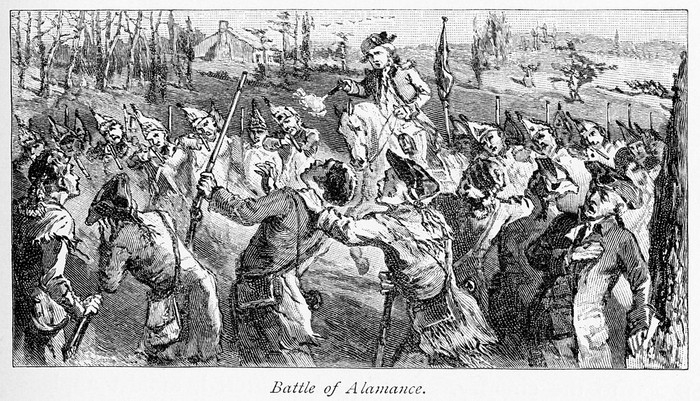
HistoryExtra 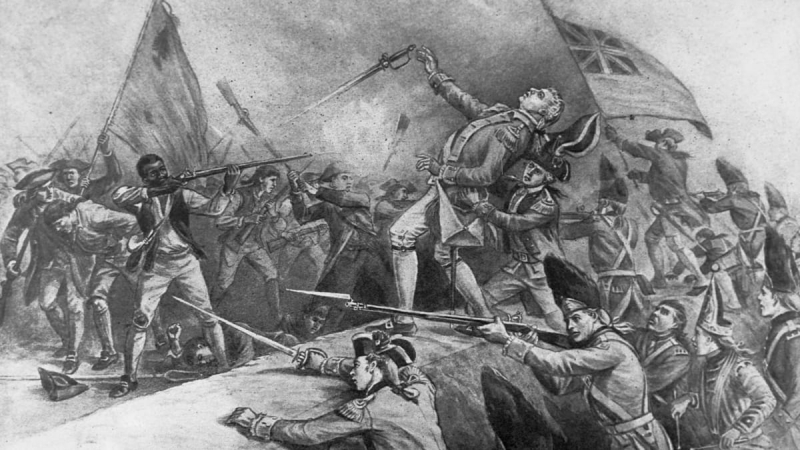
History Channel -
George Sims' "Nutbush Address," delivered on June 6, 1765, became a widely read document that inspired colonists to assert their rights and speak out against tyranny and government corruption.
The author of the Address, George Sims, was a teacher who also experienced the same injustices as the farmers. This speech was a protest against the fees Granville County citizens were forced to pay by provincial and local governments. Later on, in North Carolina, this gave rise to the "Regulator Movement." Sims criticized Samuel Benton, the Clerk of the Court in his county, in the Address for tampering with the administration of justice. Sims remained faithful to the government, but Samuel Benton was still enraged by his behavior. Sims was taken into custody when Benton sued him and accused him of libel. Sims' words, however, were not in vain because "The Nutbush Address" gave the Regulators, who were greatly moved by the speech, a place to start.
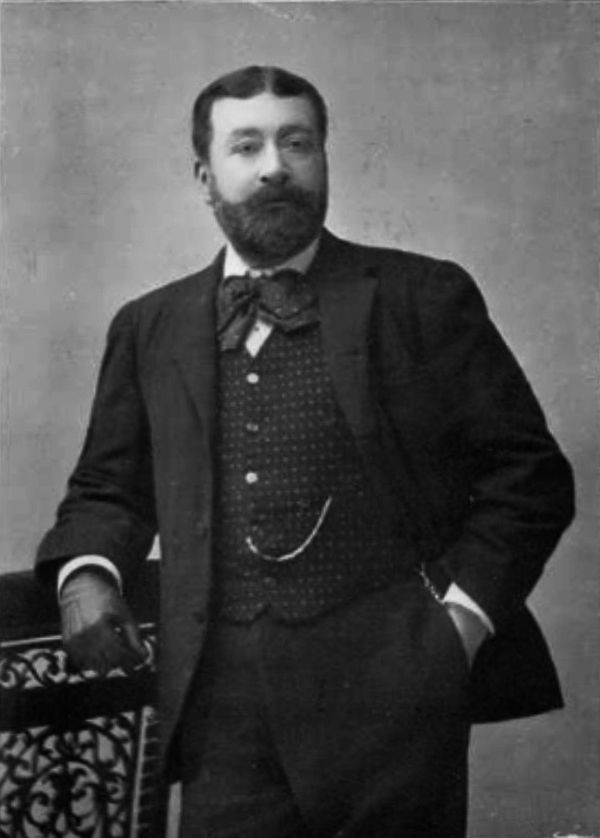
Wikipedia 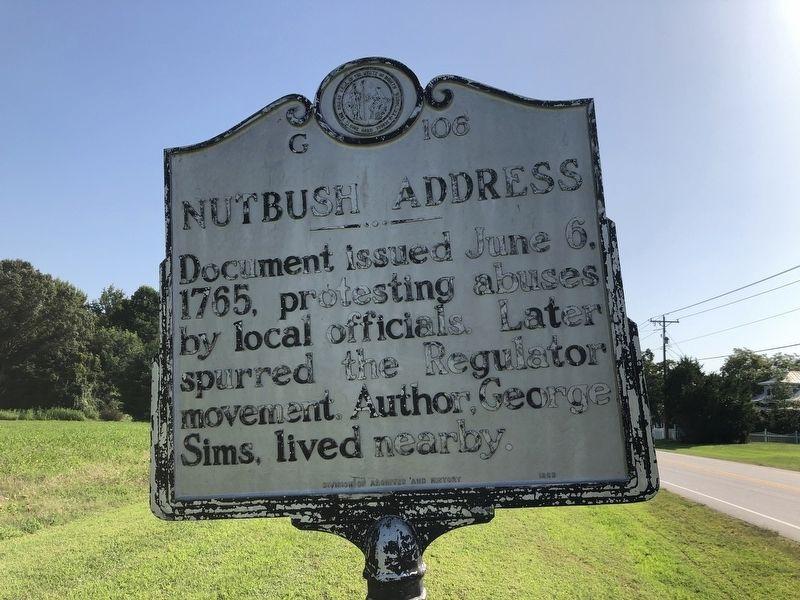
The Historical Marker Database -
On September 24, 1770, annoyance reached a breaking point. The local aristocracy in Hillsborough, including a sheriff and several justices of the peace, were attacked by a sizable group of Regulators. Armed with clubs, they entered the courtroom and interrupted the proceedings. In concern for their safety, several government officials left the city.
The populace trashed the residence of the most despised official, Edmund Fanning. The Johnson Riot Act was enacted in response to the colonial assembly, which imposed severe fines on anyone who gathered "illegally, tumultuously, and riotously" and refused to disperse when commanded. Herman's Husband was kicked out of the gathering and taken into custody but later released.
The mob staged their own fake trial in the courtroom following the pillage of the courthouse and destruction of Fanning's own residence. They added their own vulgar entries to the court file as well. The Johnston Disturbance Act, which allowed them to penalize anyone who incited or took part in riots going forward, was quickly passed by the general assembly as a result of this riot.
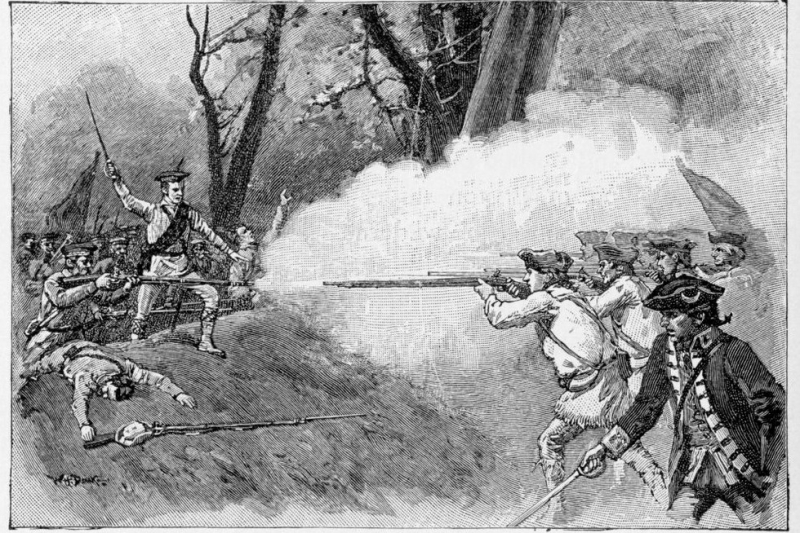
HistoryExtra 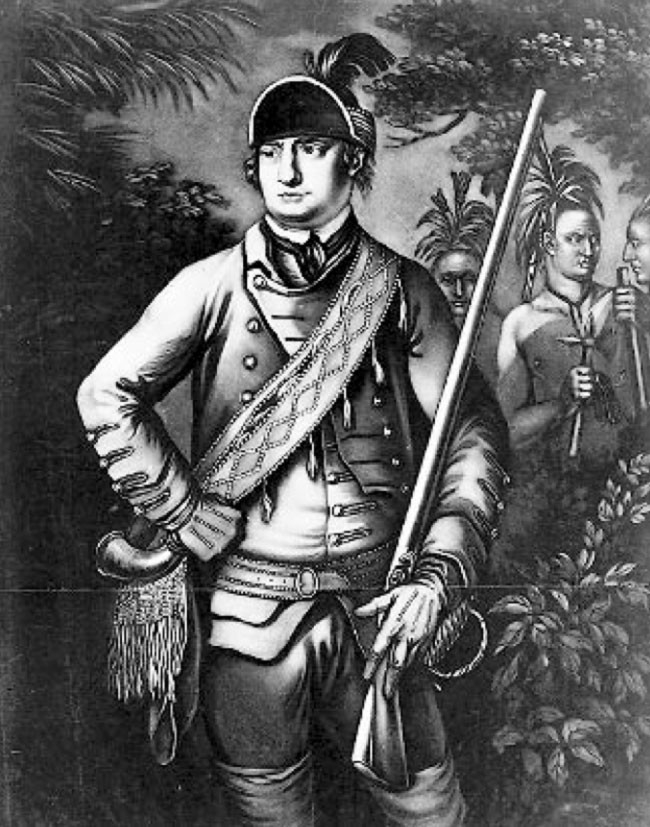
toriesfightingfortheking.com -
The Battle of Alamance was a brief conflict that was over in just over two hours. Nobody knows the number of Regulator casualties from the Battle of Alamance.
The Regulators remained hidden throughout the fight behind rocks and trees, and Tryon’s militia set the woods that the Regulators were using as cover on fire, whenever one of them was killed or hurt, they would remove them from the fray right away. No one is aware of the Regulator numbers that were suffered that day because they failed to register the deaths and injuries after they were removed. According to one account, there may have been 20 fatalities and up to 100 injuries, however, other sources do not mention these figures. Nine men were lost on the side of the colonial militia, while 61 were wounded.
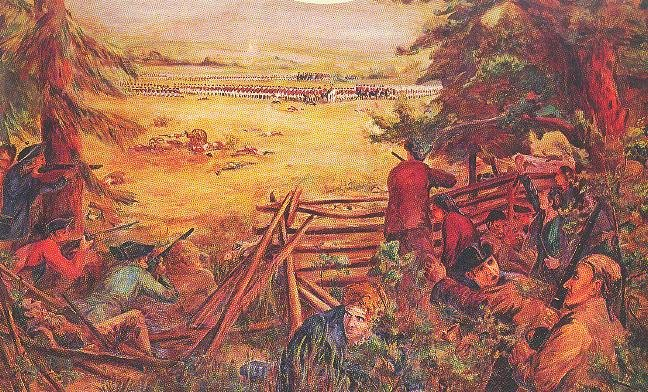
Revolutionary War and Beyond 
Oprah Daily -
Governor Tryon had gathered roughly 1,000 militiamen to fight the Regulators at the Battle of Alamance. Governor Tryon was certain that his soldiers would triumph over their opponents since he was aware of the strength of his militia, although not knowing the number of Regulators.
Nearly 2,000 Regulators engaged in combat with the military on the day of the Battle, but despite having nearly twice as many men, the Regulators were easily routed. They had few supplies, few weapons, and a weak leadership structure, which combined with the militia's military readiness and training caused them to be quickly defeated. So the Regulator force was nearly double the colonial militia when they clashed (from 1,000 to 2,000 militiamen).
HistoryPod 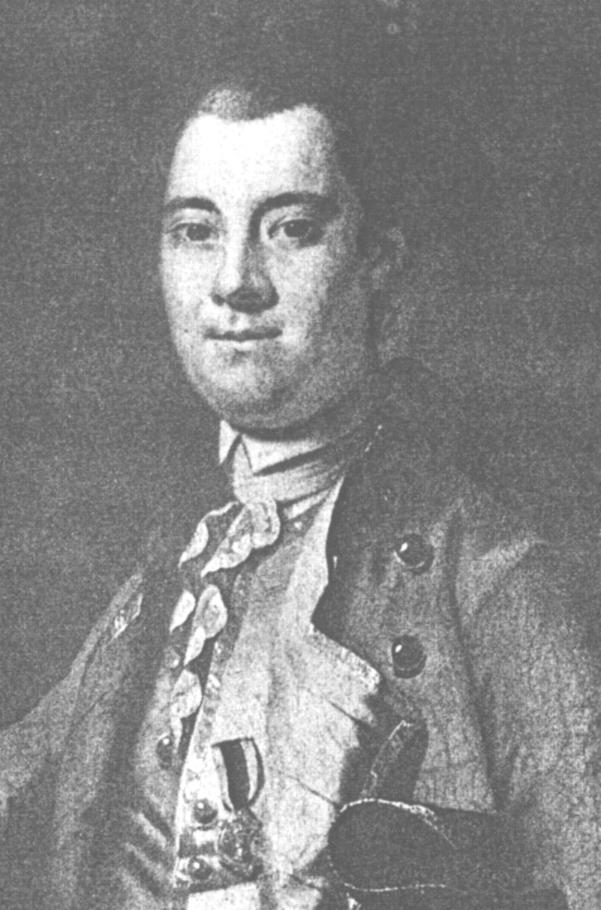
Wikipedia -
Throughout the conflict, the Regulators protested for years in an effort to change the corrupt local government that already existed. They made some progress when Herman Husband and John Pryor, two of their own men, were appointed to the general assembly. However, Herman Husband, one of the chosen Regulators, was ultimately ejected from the assembly after being charged with inciting rioting.
The Regulators' defeat at the Battle of Alamance, despite their best efforts, meant that the system remained tainted. After the Battle of Alamance, governmental corruption continued. According to some sources, Governor Tryon even increased taxes again to pay for the militia that fought at Alamance after the fight. However, the Regulator Movement had made a mark on the colony and had allowed like-minded colonists to fight for a cause that they believed in.
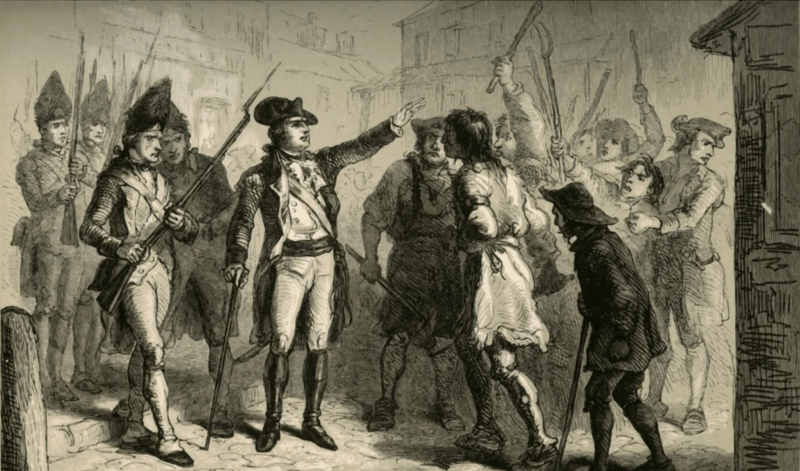
Socialist Revolution Tammy Sicignano -
Seven managers died after the Battle of Alamance. In a statement, Governor Tryon promised to pardon any and all Administrations who came to his camp to give up their weapons and swear allegiance, vowing to obey the law and pay taxes. The majority of the other Governing Body was founded and sworn allegiance to the royal government in exchange for amnesty for their rebellious actions.
The oath calling for an amnesty has been signed by more than 6,000 regulators and supporters. Governor Tryon offered £100 and 1,000 acres of land to anyone who would bring back Herman's Husband, dead or alive after he left the colony. The 14 captured managers were jailed when the army marched back to Hillsborough with the captives. 12 men received the death penalty. Six of them received pardons from Tryon, while another six were executed outside Hillsborough on 19 June 1771. The next day, Governor Tryon left Hillsborough, and on 30 June he left North Carolina to be appointed Governor of New. York. Those who refused to swear allegiance either went into hiding or were exiled. Some continue to fight official corruption by joining other rebel groups.
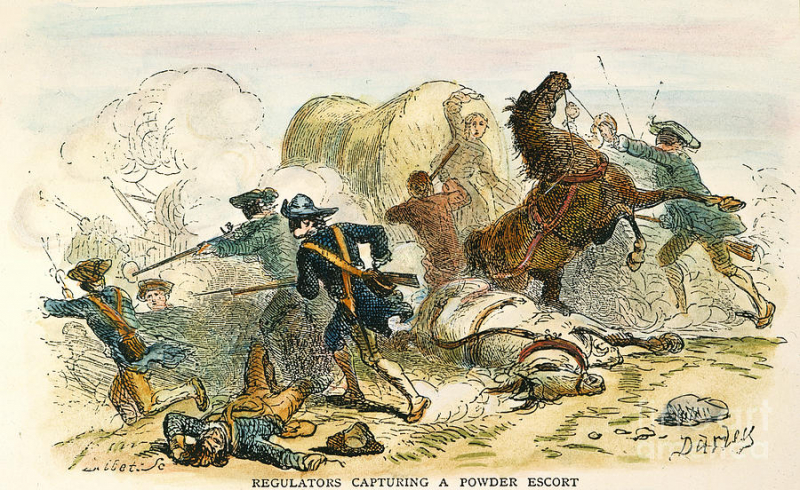
Pixels 
American Battlefield Trust -
The assertion that the Regulator War served as inspiration for the American Revolution is hotly contested. In some sources, the Battle of Alamance is also cited as the start of the American Revolution (as seen in the postcard image below). While the Regulator War was a class-based revolt, similar to Bacon's Rebellion in Virginia.
The Regulator War and the American Revolution were fought for quite different reasons, despite some similarities between them, such as indignation over unfair taxes. In retaliation for abuses and mistreatment, a local civil war known as the Regulator War was fought against corrupt government officials. The war's objective was to clean up the administration and end the corruption that existed there. There were no talks of overthrowing the government as there would be a few years later in the American Revolution.
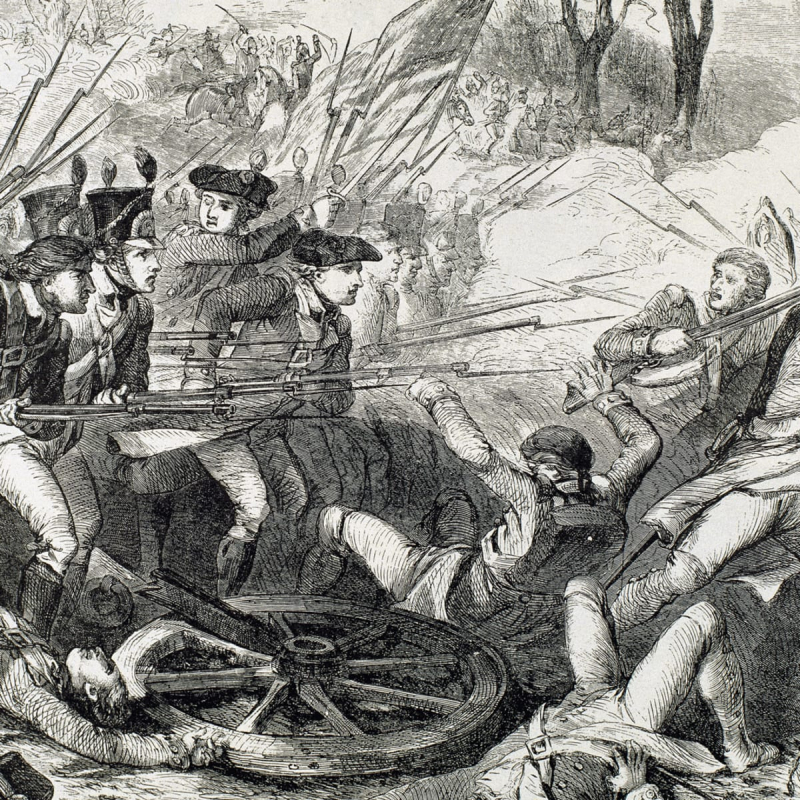
History.com Tammy Sicignano -
The goals of the Revolutionary War separated the Regulators between factions, which is another way in which the Regulator War can be distinguished from the American Revolution. Some Regulators continued to support the British because they still believed in England's sovereignty and the Regulator movement had never been an attempt to overthrow the royal authority. The Patriot movement attracted more Regulators.
Regulators were fighting alongside each other four years before, but during the American Revolution, they were suddenly fighting against one another, fighting for their freedom from a tyrannical government. Additionally, a large portion of Governor Tryon's militia joined the Patriot cause, fighting alongside the Regulators they had previously vanquished.
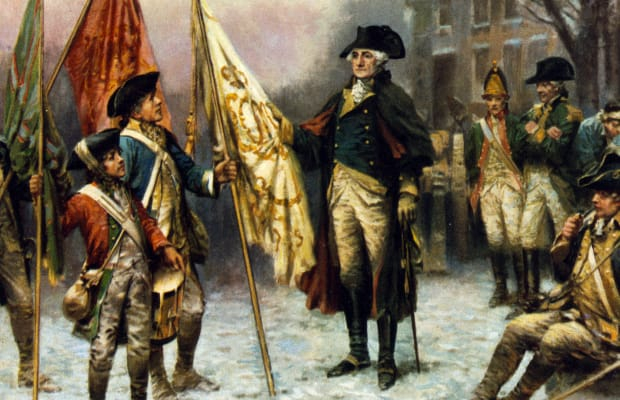
History.com 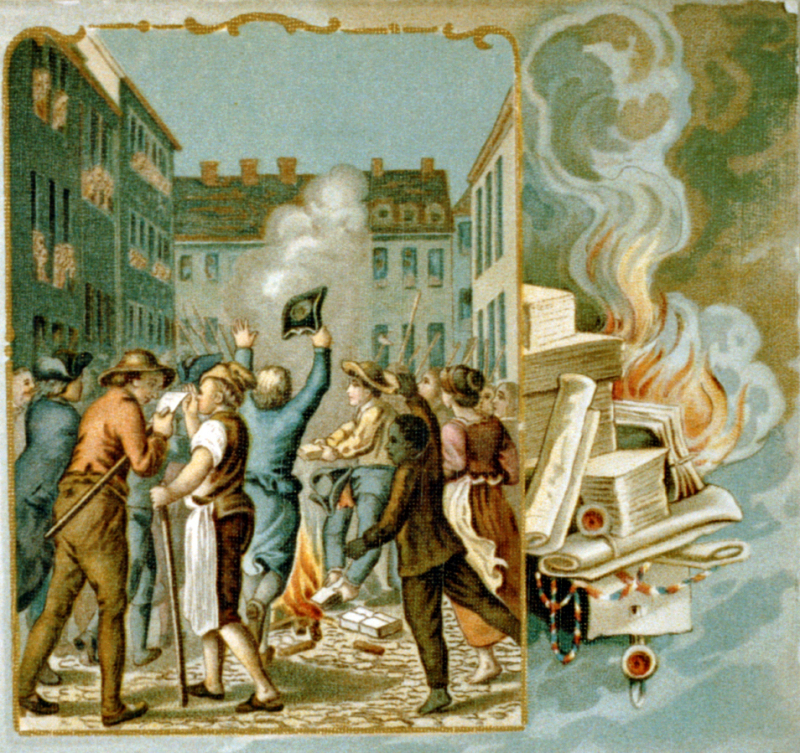
Journal of the American Revolution












